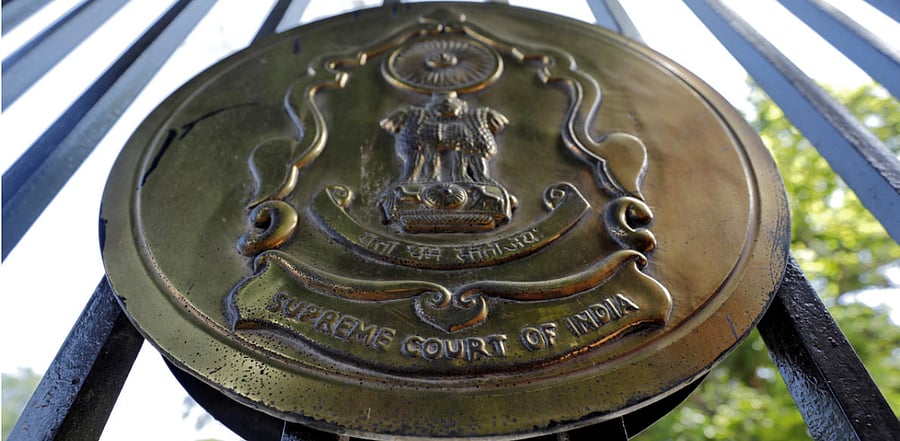
A five-judge bench of the Supreme Court has allowed states to bring in sub-classification among the Scheduled Castes and the Scheduled Tribes in order to give equal opportunities to the most backward among them. The judgement has reignited the debate on the internal reservation (or quota within quota) and the concept of creamy layer among groups considered historically oppressed.

The matter will now be decided by a seven-judge bench. Let's take a look at the judgement and its potential impact:
What does the sub-classification of SCs/STs mean?
The SCs/STs refer to a group of castes/tribes that were historically considered 'untouchable'. Article 341 of the Constitution empowers the President of India to specify castes, races, tribes, etc within the Scheduled Castes in consultation with the governor of a state.
Parliament may bring in a law to include in or exclude sub-groups from the list of Scheduled Castes. The benefits of reservation are extended to the entire SCs/STs. Over the years, however, certain dominant castes have enjoyed these benefits more than others. The sub-classification will categorise SCs according to their relative backwardness. This will pave the way for reservation within the SCs.
What was the matter before the Supreme Court?
In 1975, the Punjab government issued a circular, granting 50% reservation meant for Scheduled Castes to Balmikis and Mazhabi Sikhs who are considered more backward. The high court struck down the circular in 2006, and the Supreme Court upheld the high court order in 2008.
The state government brought out a fresh law, the Punjab Scheduled Caste and Backward Classes (Reservation in Services) Act, 2006, making similar provisions.
The high court again struck it down in 2010, relying upon the judgement of a five-judge Supreme Court bench in E V Chinnaiah vs Andhra Pradesh (2005), which had held that the state governments were not empowered to make sub-classification among the SC/STs because the list was prepared by the central government.
The Punjab government appealed to the Supreme Court. In 2014, a three-judge bench referred the matter to a five-judge bench, noting that the Chinnaiah judgement should be revisited for not following the nine-judge bench judgement of 1992 in the Indra Sawhney case.
What was the Chinnaiah judgement?
The five-judge bench had held that the state governments have no power to include in or exclude the castes from the list as Parliament alone has the power to deal with Scheduled Castes once the President notifies the Scheduled Castes' list.
Once a socially, educationally and economically backward class has been identified, it cannot be sub-divided to prefer some over others. Creating a class within a class of SCs would also amount to tinkering with the list and violate Article 14 of the Constitution. The conglomeration of castes given in the Presidential Order should be considered as representing a class as a whole.
What's the latest judgment?
A five-judge bench now says it would be permissible to make such sub-classification to provide the benefit of reservation to all so as to bring equality. It says that a few castes, who are adequately represented, have advanced and belong to the creamy layer, cannot be allowed to usurp all the benefits of reservation.
The bench cited the decisions in Indra Sawhney (1992) (Mandal Commission case), which had permitted sub-classifications of backward classes, and Jarnail Singh (2018), which held that the concept of ‘creamy layer’ can be applied to SCs/STs.
The bench opined that the entire basket of fruits cannot be given to the mighty at the cost of others under the guise of forming a homogenous class. Various castes among SC/STs by and large remain where they were and they cannot be left to carry their backwardness till eternity.
So what's next?
A fresh bench of at least seven judges would now examine whether states can be given the power of giving preference to certain castes among the SCs/STs to ensure their adequate representation in jobs and education. If a state is allowed to make the sub-classification, it would have to conduct a survey to find out the representation of different SC/ST castes in government jobs to earmark certain quota within the quota among them.

